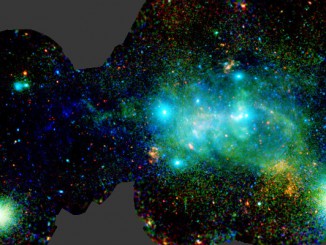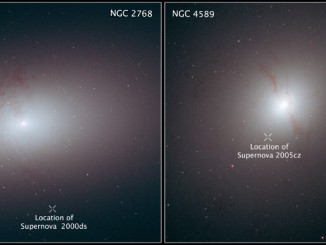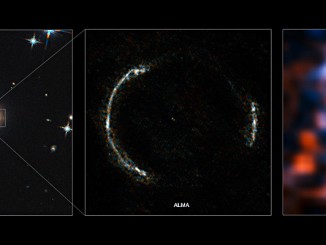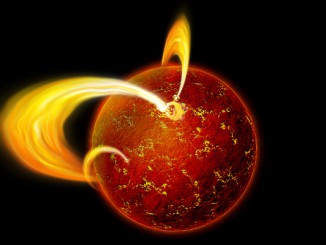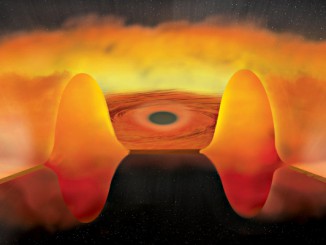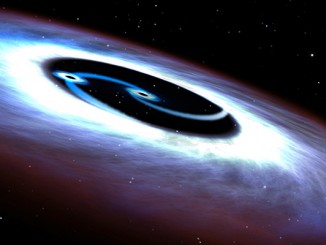
Hubble finds that nearest quasar is powered by binary black hole
Astronomers using NASA’s Hubble Space Telescope have found that Markarian 231, the nearest galaxy to Earth that hosts a quasar, is powered by two central black holes. The finding suggests that quasars — the brilliant cores of active galaxies — may commonly host two central supermassive black holes that fall into orbit about one another as a result of galactic mergers.

